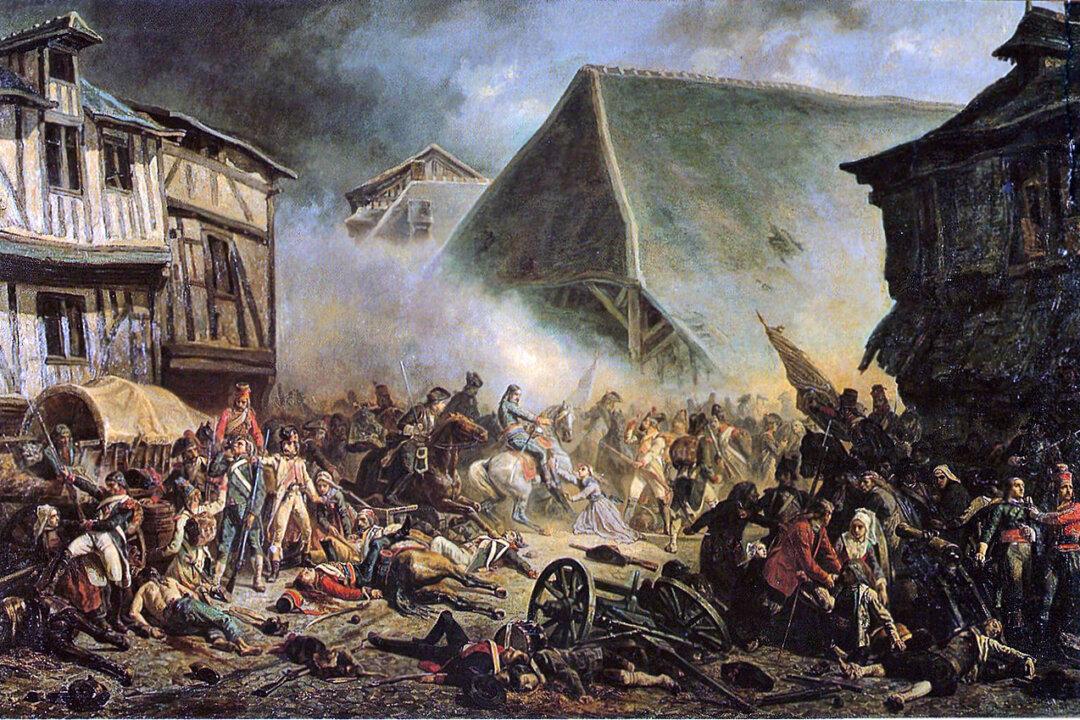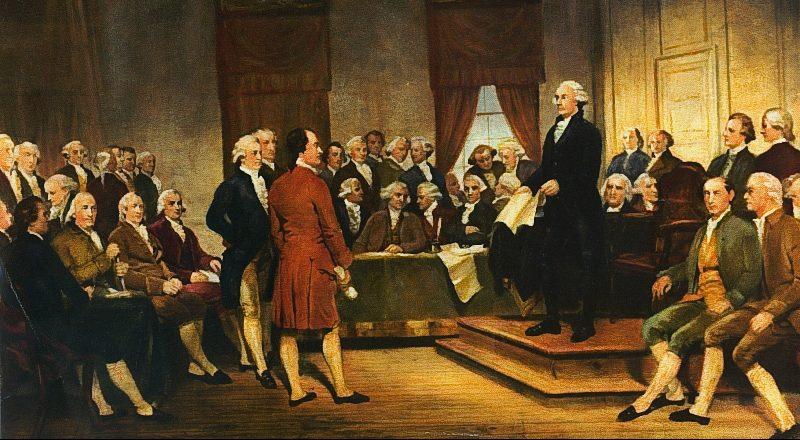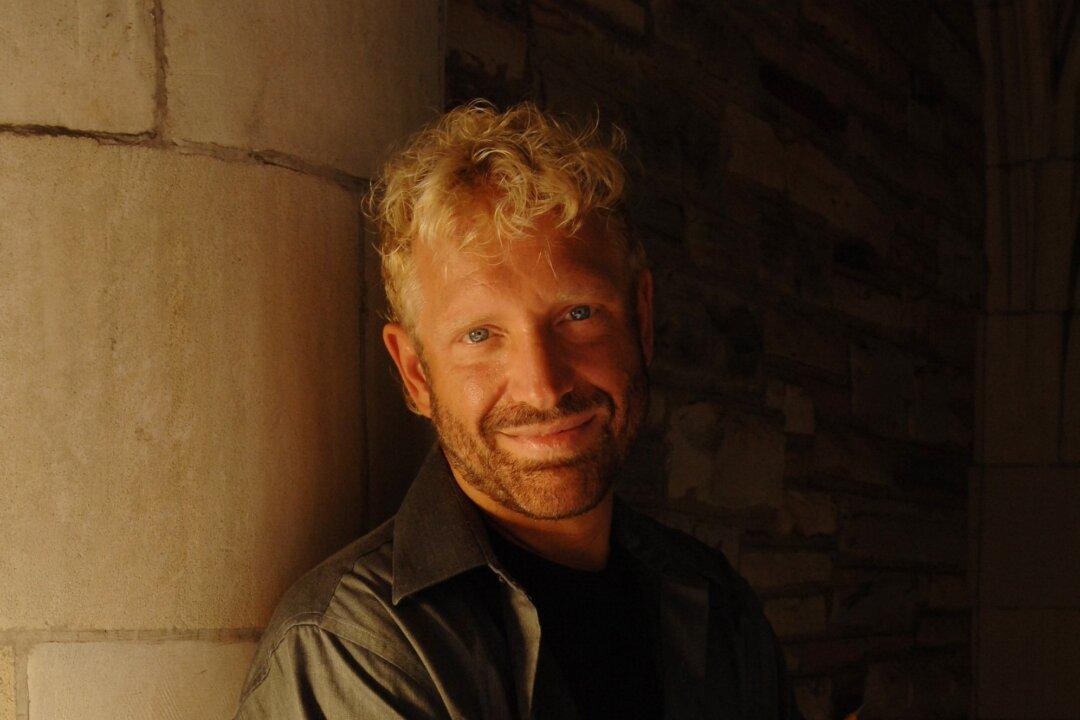The stormtroopers of modernity have trampled much underfoot on their monstrous march across the historical landscape. Having abandoned the lessons of the past in the reckless pursuit of an imaginary future, these slaves of the Zeitgeist have killed millions in the name of a mythical progress.
The progressives of the French Revolution ushered in a reign of terror, as well as a policy of genocide against the people of the Vendée, butchering anyone who resisted the “progressive” agenda. Inspired by the proto-communism of the French Revolution, the steam roller of the Bolshevik Revolution killed tens of millions of civilians on the altar of “progress.”




